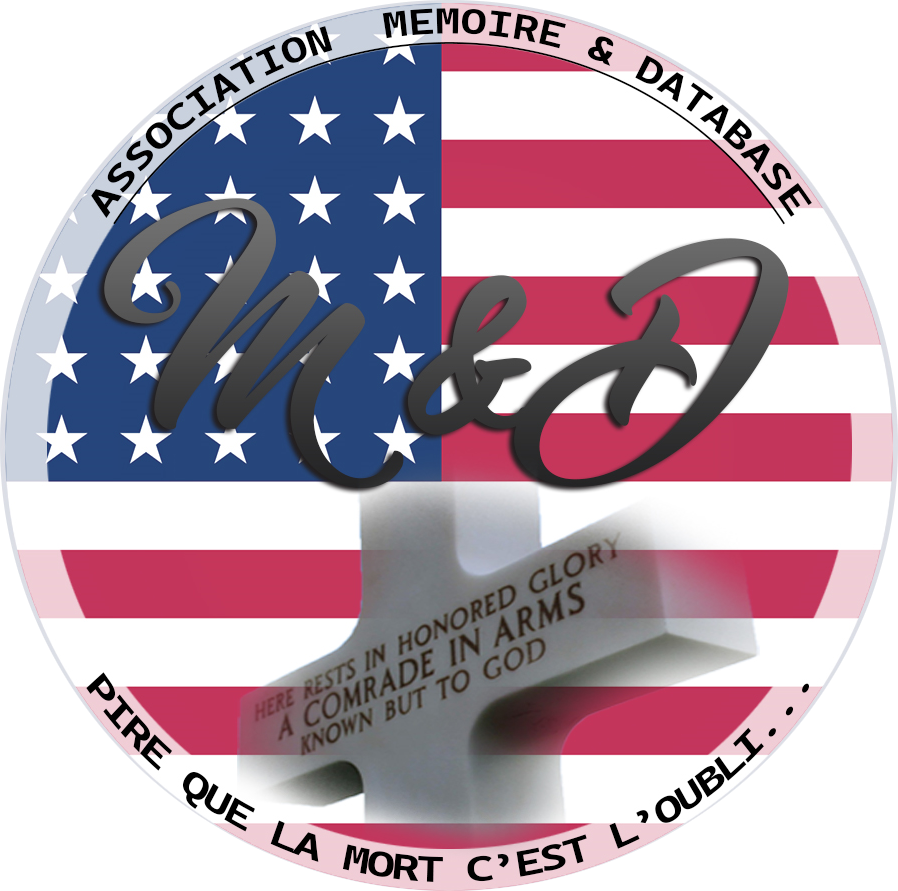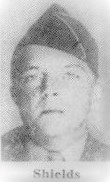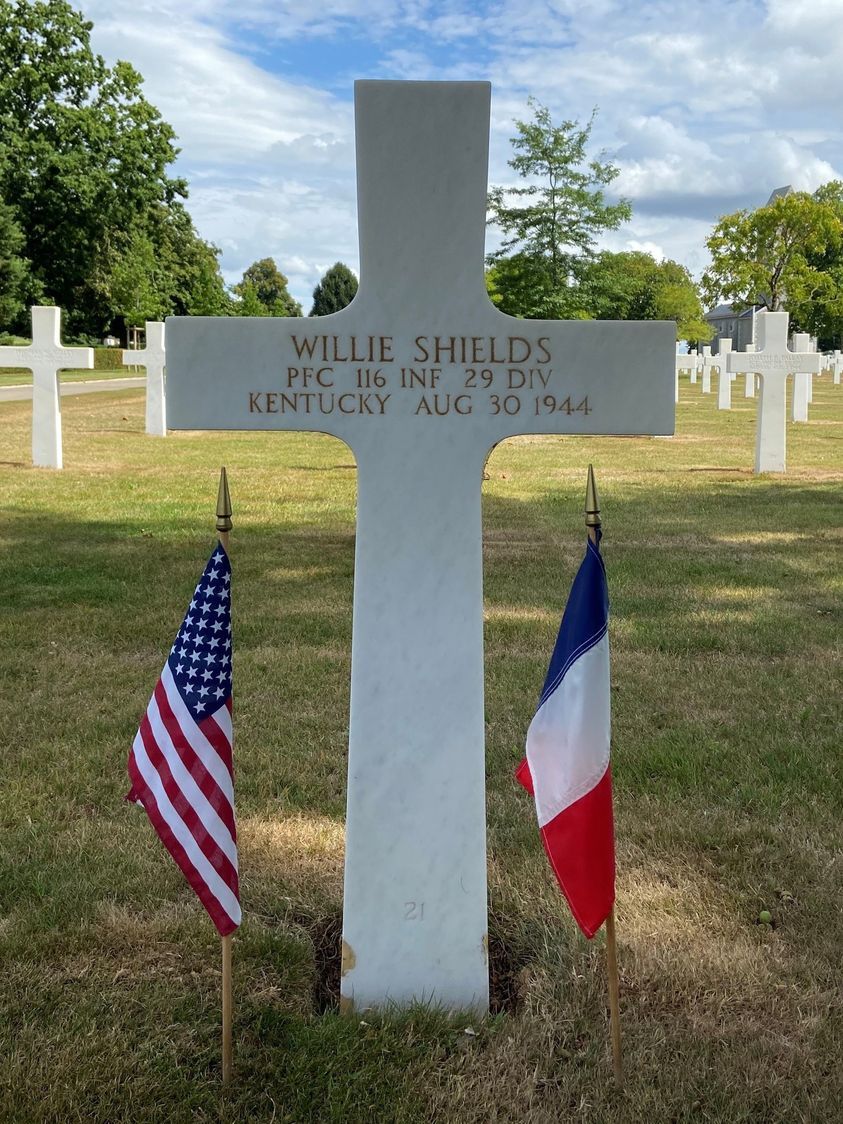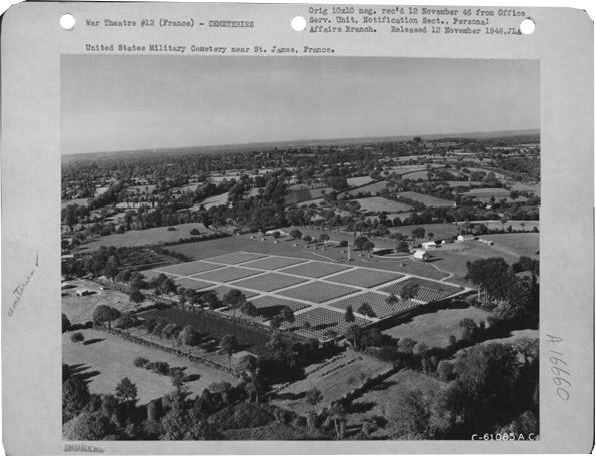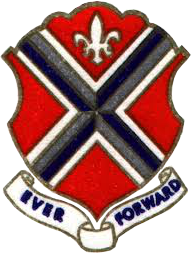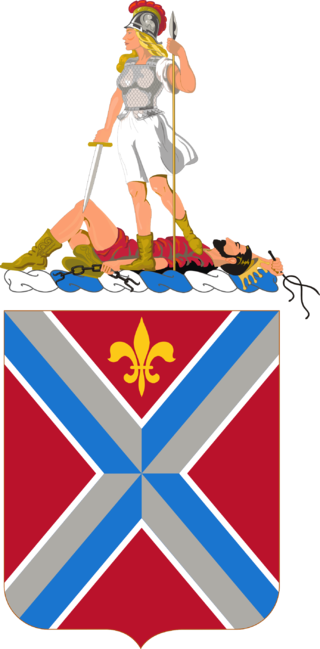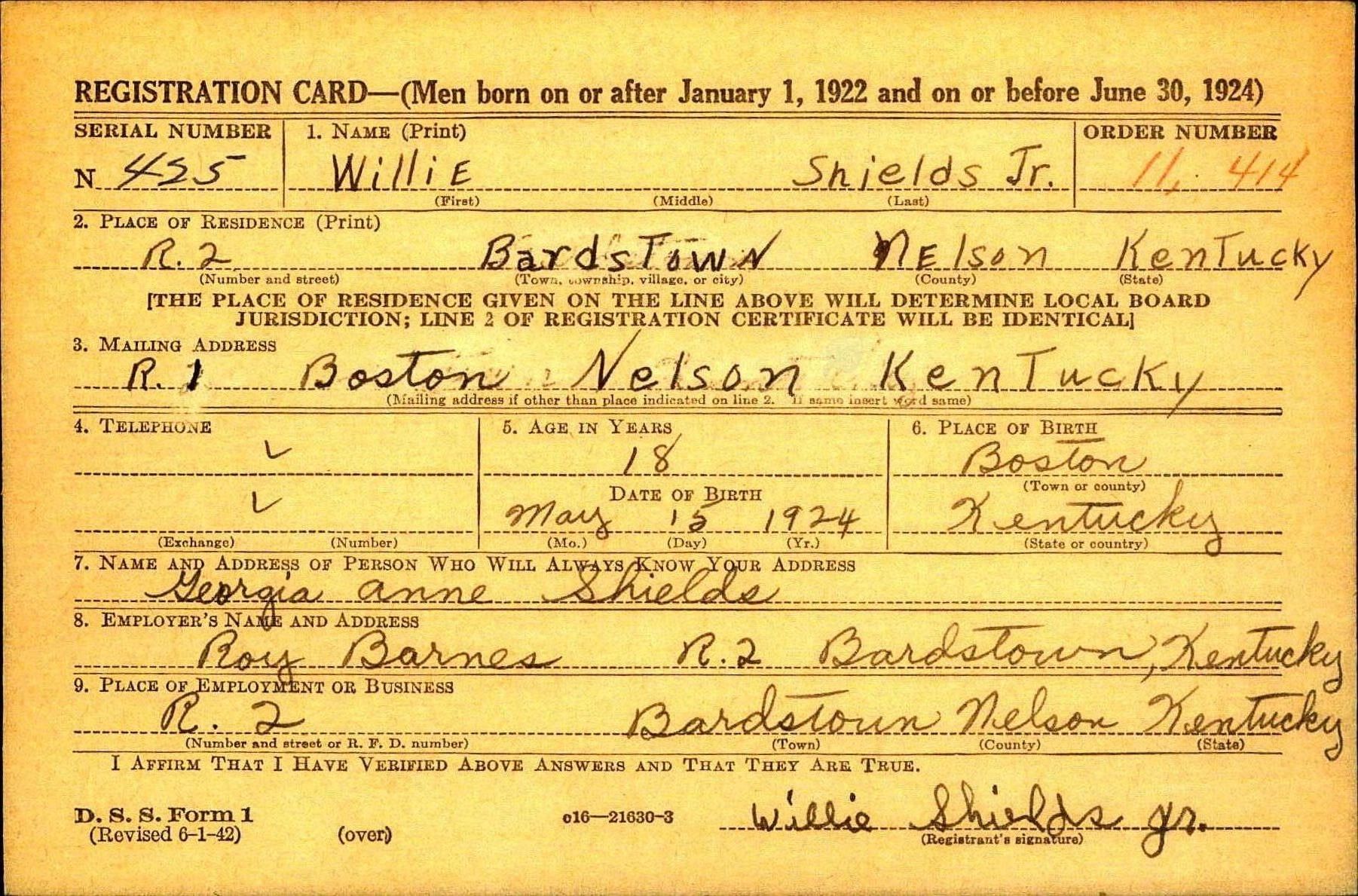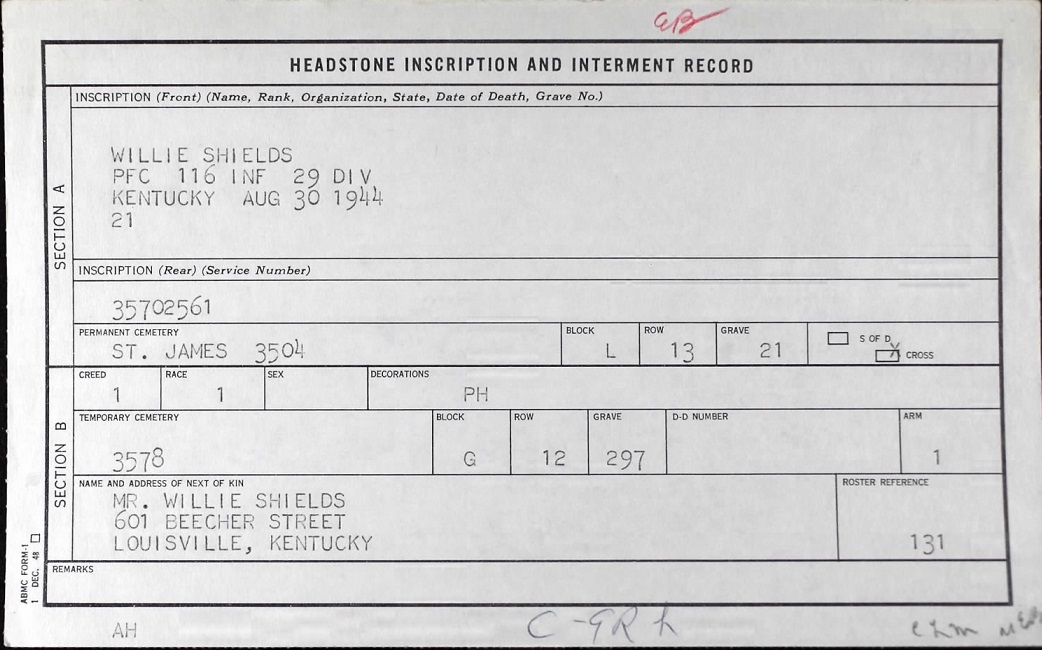|
Willie SHIELDS
| ||||||||||||||||||||||||
|---|---|---|---|---|---|---|---|---|---|---|---|---|---|---|---|---|---|---|---|---|---|---|---|---|
|
Source : Willie L. Shields | ||||||||||||||||||||||||
| NUMBER OF SERVICE | 35702561 | |||||||||||||||||||||||
| AGE | 20 yo | |||||||||||||||||||||||
| DATE OF BIRTH |
Boston, Nelson County, Kentucky
| |||||||||||||||||||||||
| ENLISTMENT STATE | KENTUCKY | |||||||||||||||||||||||
| FAMILY |
Parents : Willie Henson & Bessie May Hughes Shields Siblings : Estel | |||||||||||||||||||||||
| RANK | Private First Class | |||||||||||||||||||||||
| FONCTION | Infantry Man | |||||||||||||||||||||||
| JOB BEFORE ENLISTEMENT | Farmer |  | ||||||||||||||||||||||
| DATE of ENLISTEMENT | 4 May 1943 | |||||||||||||||||||||||
| COMPANY | Company A | |||||||||||||||||||||||
| BATTALION | Battalion | |||||||||||||||||||||||
| REGIMENT | 116th Infantry Regiment | |||||||||||||||||||||||
| DIVISION | 29th Infantry Division | |||||||||||||||||||||||
| DATE OF DEATH | 30 August 1944 |
Source : Andy | ||||||||||||||||||||||
| STATUS | DOW | |||||||||||||||||||||||
| PLACE OF DEATH | Vire | |||||||||||||||||||||||
| CEMETERY TEMPORARY |
CEMTERY TEMPORARY of St James N°3578
| |||||||||||||||||||||||
| CEMETERY | BRITTANY AMERICAN CEMETERY of St James (Montjoie St Martin) | |||||||||||||||||||||||
| GRAVE |
| |||||||||||||||||||||||
| DECORATION |
| |||||||||||||||||||||||
| ||||||||||||||||||||||||
| STORY | ||||||||||||||||||||||||
|
Service Number 35702561 He was the 2nd of their 5 children and his father supported the family by farming for others in Nelson County, Kentucky. Bessie Mae caught pneumonia and died in November 1931 at the age of 29 leaving 5 children aged 9 to 9-months. Dude's dad married widow, Alice Mae (Comely)Dezern on December 23, 1933, and her 2 daughters joined the family. The family was not living together in 1940. Dude's education didn't progress past the eighth grade, and he also worked as a farm hand. He was working for and living with Roy Barnes of Bardstown, Kentucky in 1942. Dude was drafted in May 1943. After approximately 5-months of basic training he would have been sent to an infantry unit, but I don't know when he went to England. PFC Shields was transferred from the replacement depot to C Company 116th Infantry on 17 July 1944 while the unit was in the vicinity of Saint-Lo, France. Very soon after that he was reassigned to A Company 116th Infantry on 23 July 1944. He then fought with the unit in the operation to liberate Vire, France and as the regiment moved towards Brest, France PFC Shields was wounded on 27 August 1944 and evacuated to a hospital where he died on 30 August 1944.
Bronze Star
Maintained by: Willie Shields(Relative · Nephew) |
Source : Willie L. Shields | |||||||||||||||||||||||
|
Source : MKP | ||||||||||||||||||||||||
|
Source : marykake47286 (Fold3) | ||||||||||||||||||||||||
Activated/Activé |
Normandy/Normandie |
| 3 Feb 1941 | Days of Combat/Jour de Combat 242 |
| Casualties/Victimes 20 620 | |
Entered Combat/Entré au combat |
|
| 6 Jun1944 D-Day | |
|
Commanding Generals/Commandants généraux Maj. Gen. Milton A. Reckord (Feb 41 - Jan 42) |
Campaigns/CampagnesNormandy (6 Jun 44 - 24 Jul 44)
|
PLAN DE ROUTE DE LA CAMPAGNE - CAMPAIGN ROUTE MAP |
|
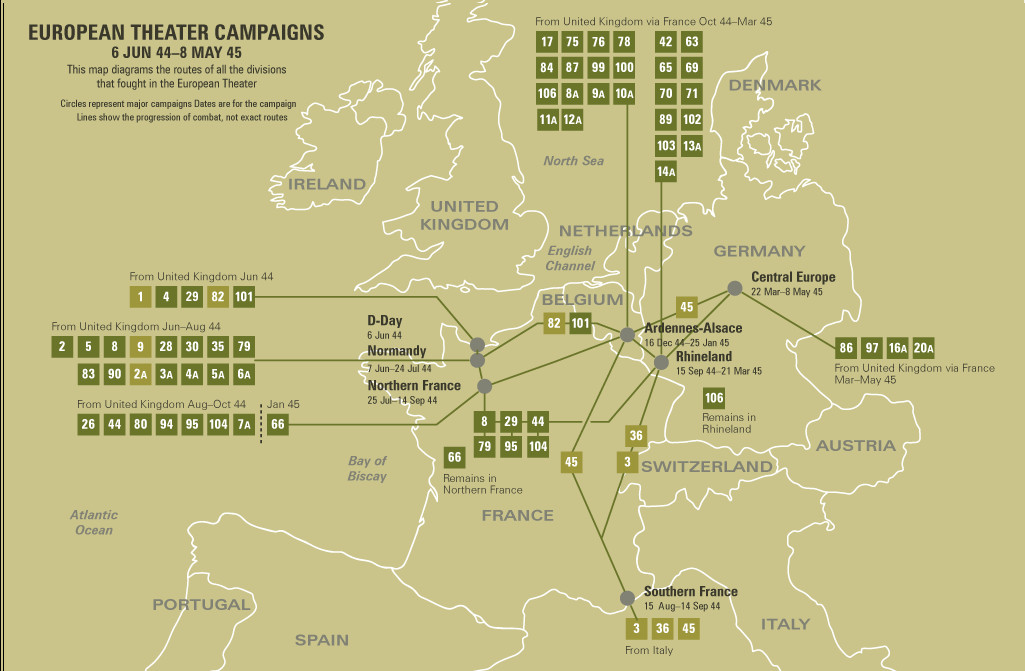 |
|
DIVISION CHRONICLEThe 29th Infantry Division trained in Scotland and England for the crosschannel invasion, October 1942-June 1944. Teamed with the 1st Division, a regiment of the 29th (116th Infantry) was in the first assault wave to hit the beaches at Normandy on D-day, 6 June 1944. Landing on Omaha Beach on the same day in the face of intense enemy fire, the Division soon secured the bluff tops and occupied Isigny, 9 June. The Division cut across the Elle River and advanced slowly toward St. Lo, fighting bitterly in the Normandy hedge rows. After taking St. Lo, 18 July 1944, the Division joined in the battle for Vire, capturing that strongly held city, 7 August. Turning west, the 29th took part in the assault on Brest, 25 August-18 September 1944. After a short rest, the Division moved to defensive positions along the Teveren-Geilenkirchen line in Germany and maintained those positions through October. (In mid-October the 116th Infantry took part in the fighting at the Aachen Gap.) On 16 November the Division began its drive to the Roer, blasting its way through Siersdorf, Setterich, Durboslar, and Bettendorf, and reaching the Roer by the end of the month. Heavy fighting reduced Julich Sportplatz and the Hasenfeld Gut, 8 December. From 8 December 1944 to 23 February 1945, the Division held defensive positions along the Roer and prepared for the offensive. The attack jumped off across the Roer, 23 February, and carried the Division through Julich, Broich, Immerath, and Titz, to Munchen-Gladbach, 1 March 1945. The Division was out of combat in March. In early April the 116th Infantry helped mop up in the Ruhr area. On 19 April 1945 the Division pushed to the Elbe and held defensive positions until 4 May. Meanwhile, the 175th Infantry cleared the Klotze Forest. After VE-day, the Division was on military government duty in the Bremen enclave. |
CHRONIQUE DE DIVISIONLa 29th Infantry Division s'entraîna en Ecosse et en Angleterre pour l'invasion crosschannel, d'octobre 1942 à juin 1944. En équipe avec la 1st Division, un régiment du 29th (116th Infantry) se trouvait dans la première vague d'assaut pour frapper les plages de Normandie. Le 6 juin 1944, débarquant à Omaha Beach, le même jour, face à un feu nourri de l'ennemi, la division s'empara bientôt des falaises et occupa Isigny, le 9 juin. La Division traversa la rivière Elle et s'avança lentement vers Saint-Lô, se battant amèrement dans les rangées de haies de Normandie. Après avoir pris St. Lo, le 18 juillet 1944, la division se joignit à la bataille de Vire pour s'emparer de cette ville fortement occupée, le 7 août. Tournant vers l'ouest, le 29 a pris part à l'assaut sur Brest, 25 août-18 septembre 1944. Après un court repos, la division a déménagé à des positions défensives le long de la ligne Teveren-Geilenkirchen en Allemagne et a maintenu ces positions jusqu'en octobre. (À la mi-octobre, le 116e régiment d'infanterie prit part aux combats à Aix-la-Chapelle.) Le 16 novembre, la division commença sa route vers la Roer, traversant Siersdorf, Setterich, Durboslar et Bettendorf, et atteignant la Roer par la fin du mois. Les combats intenses ont réduit Julich Sportplatz et le Hasenfeld Gut, le 8 décembre. Du 8 décembre 1944 au 23 février 1945, la division occupe des positions défensives le long de la Roer et se prépare à l'offensive. L'attaque a sauté à travers le Roer, le 23 février, et a porté la Division par l'intermédiaire de Julich, Broich, Immerath, et Titz, à Munchen-Gladbach, le 1er mars 1945. La Division était hors combat en mars. Au début du mois d'avril, le 116th Infantry a aidé à nettoyer la région de la Ruhr. Le 19 avril 1945, la division pousse vers l'Elbe et occupe des positions défensives jusqu'au 4 mai. Pendant ce temps, le 175th Infantry a dégagé la forêt de Klotze. Après le jour de la victoire, la division était en service militaire dans l'enclave de Brême. |
| SOURCE INFORMATION & PHOTO | Armydivs.squarespace.com |
|---|
| SOURCE INFORMATION & SOURCE PHOTO | Willie L. Shields - Findagrave.com - Abmc.gov - Fold3.com |
|---|---|
| PROGRAMMER | Eric, Henri, Garrett, Clive, Frédéric & Renaud |


